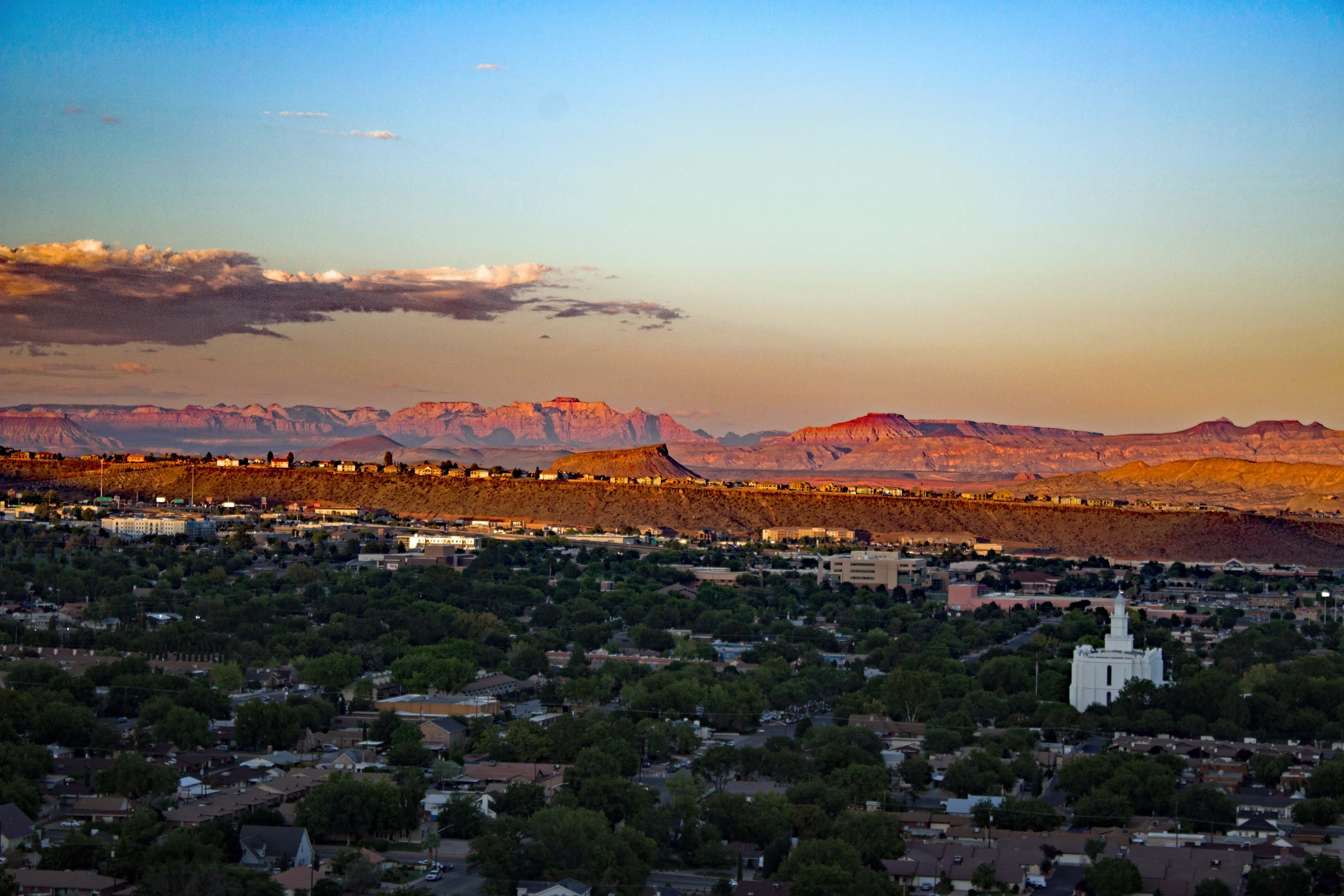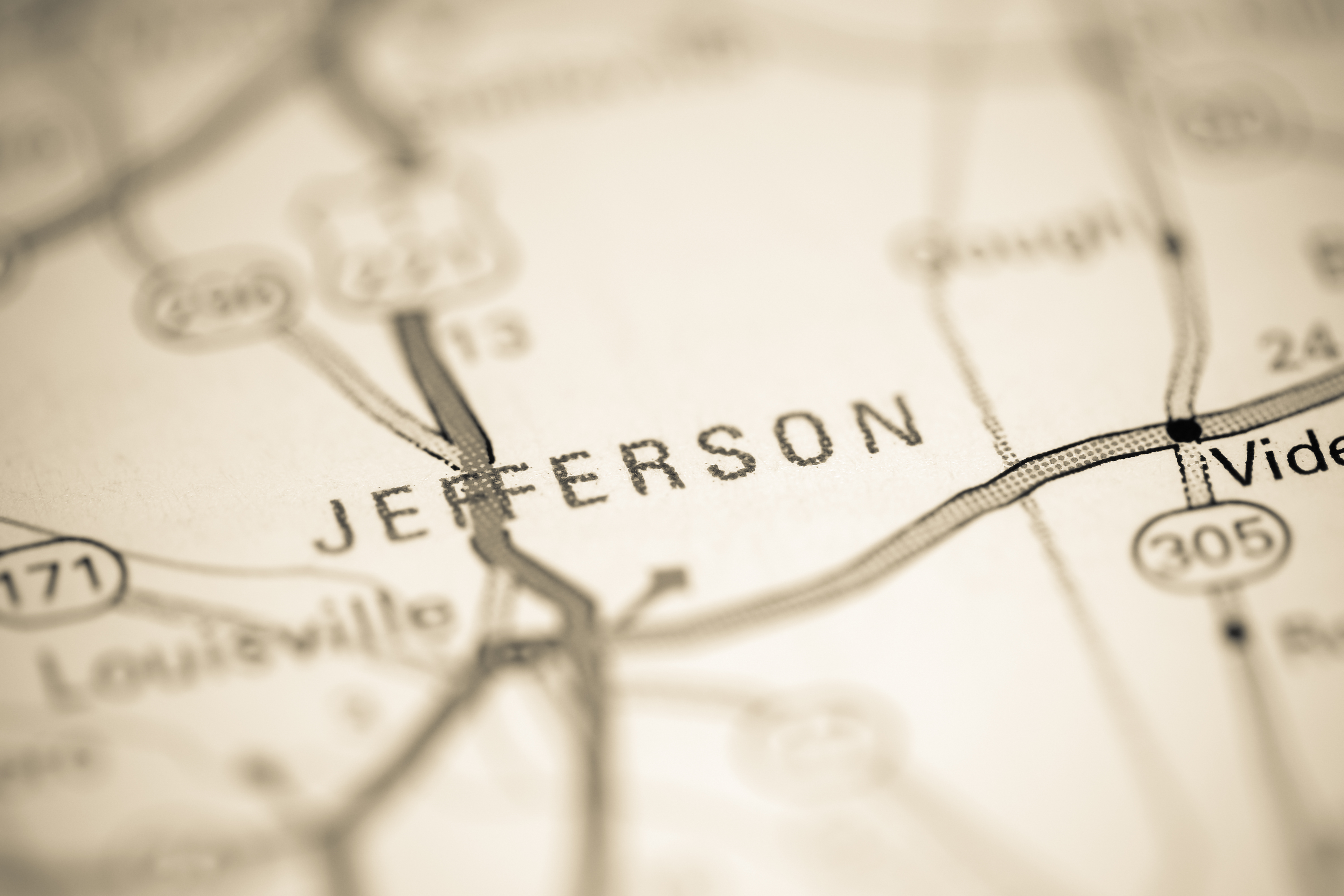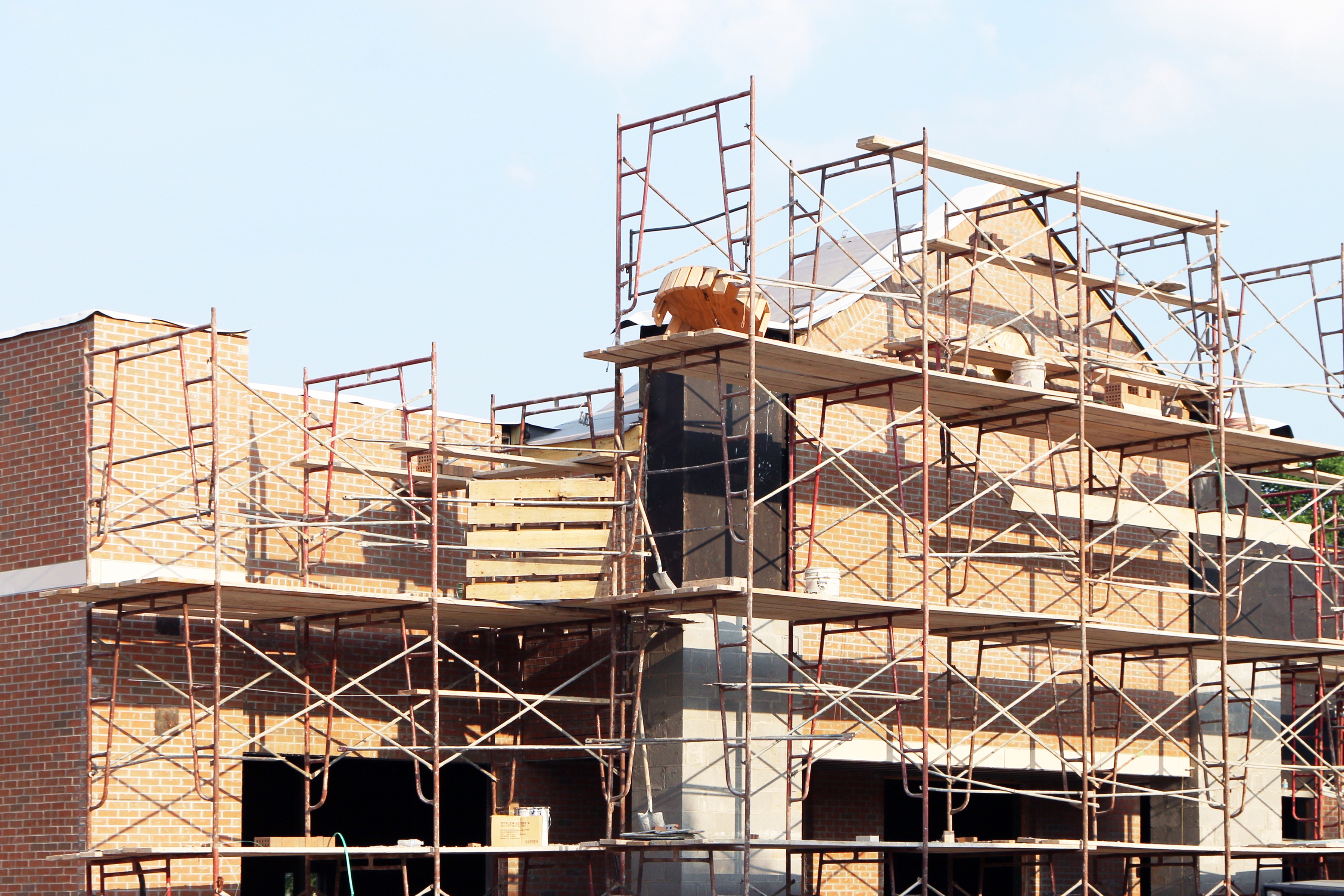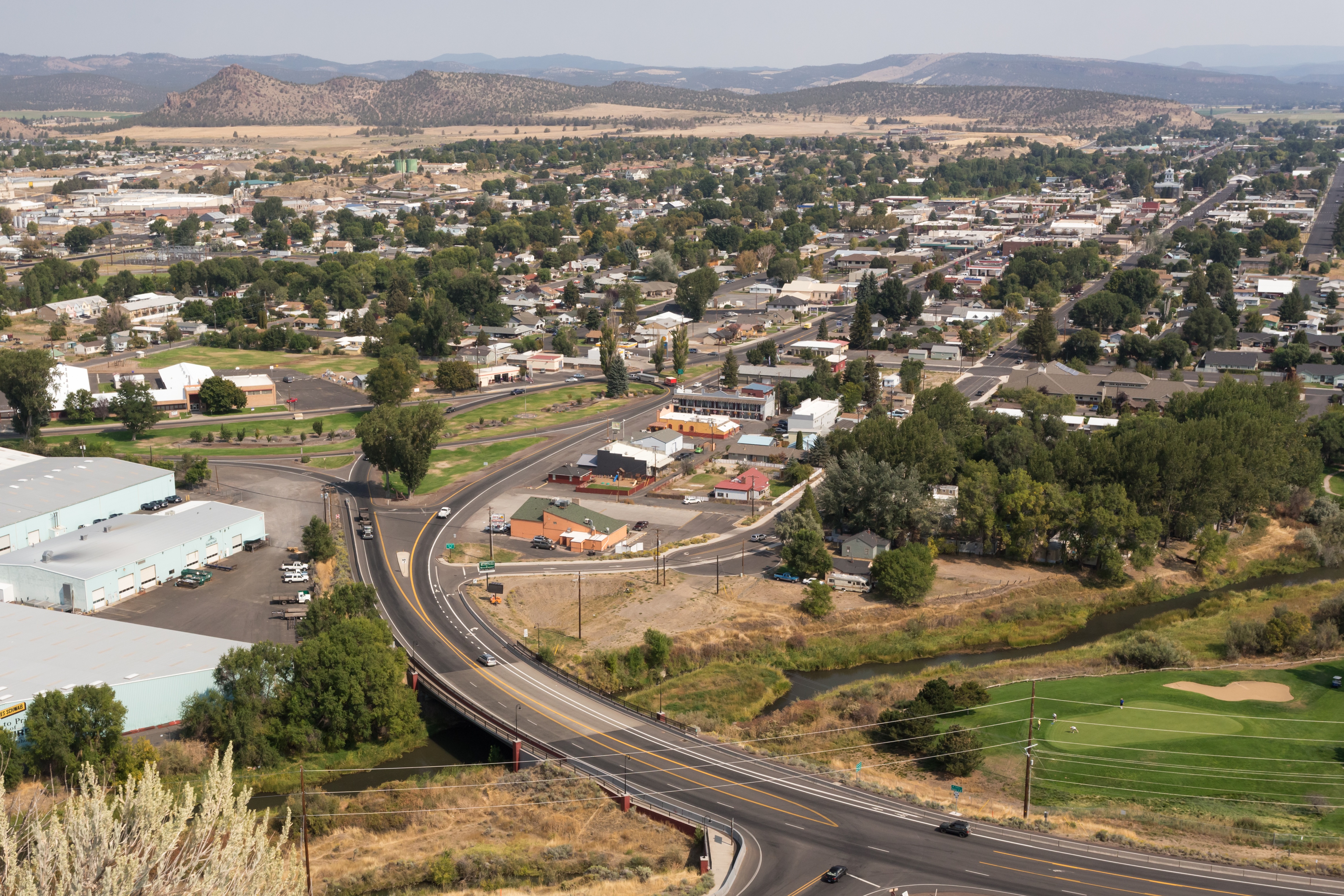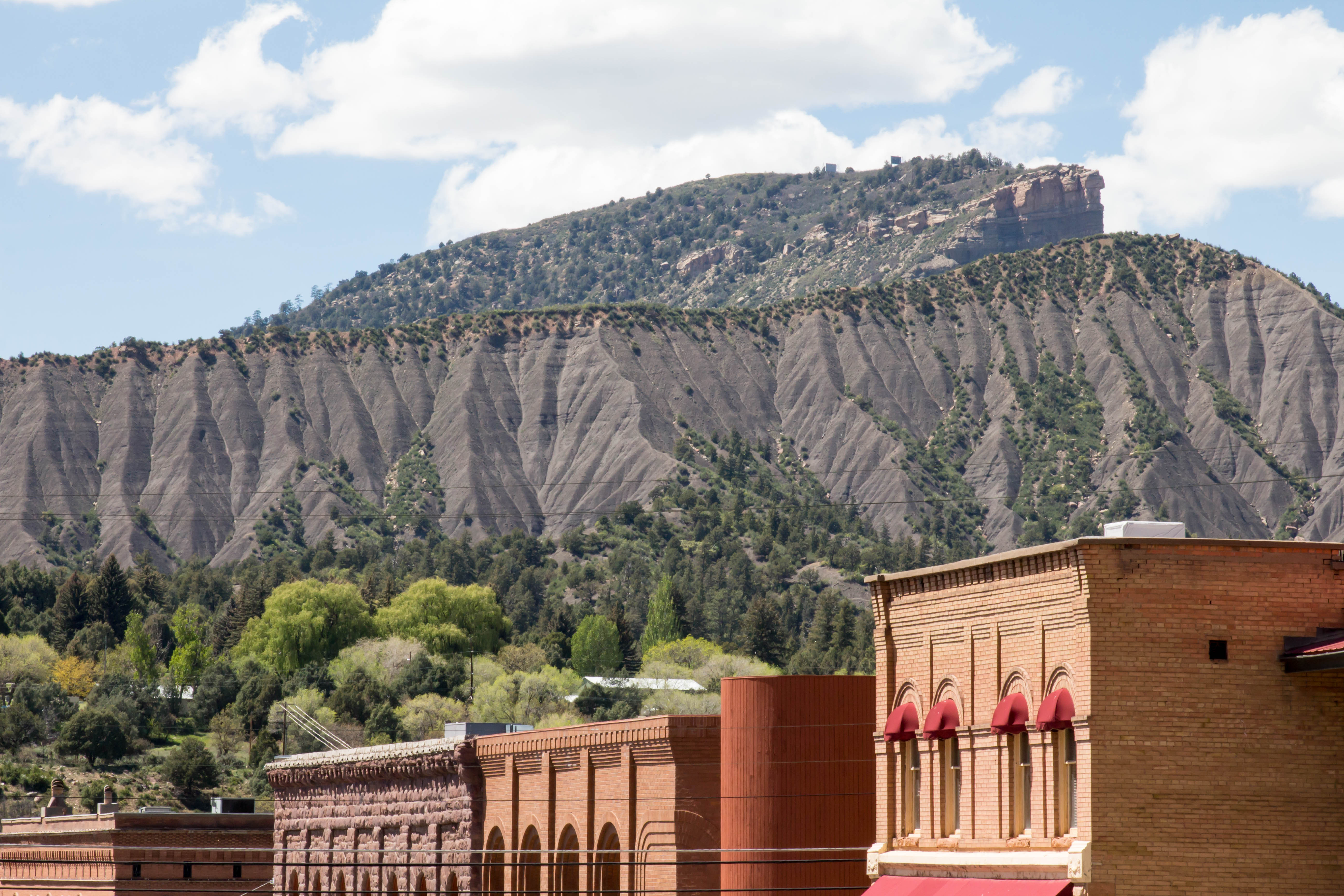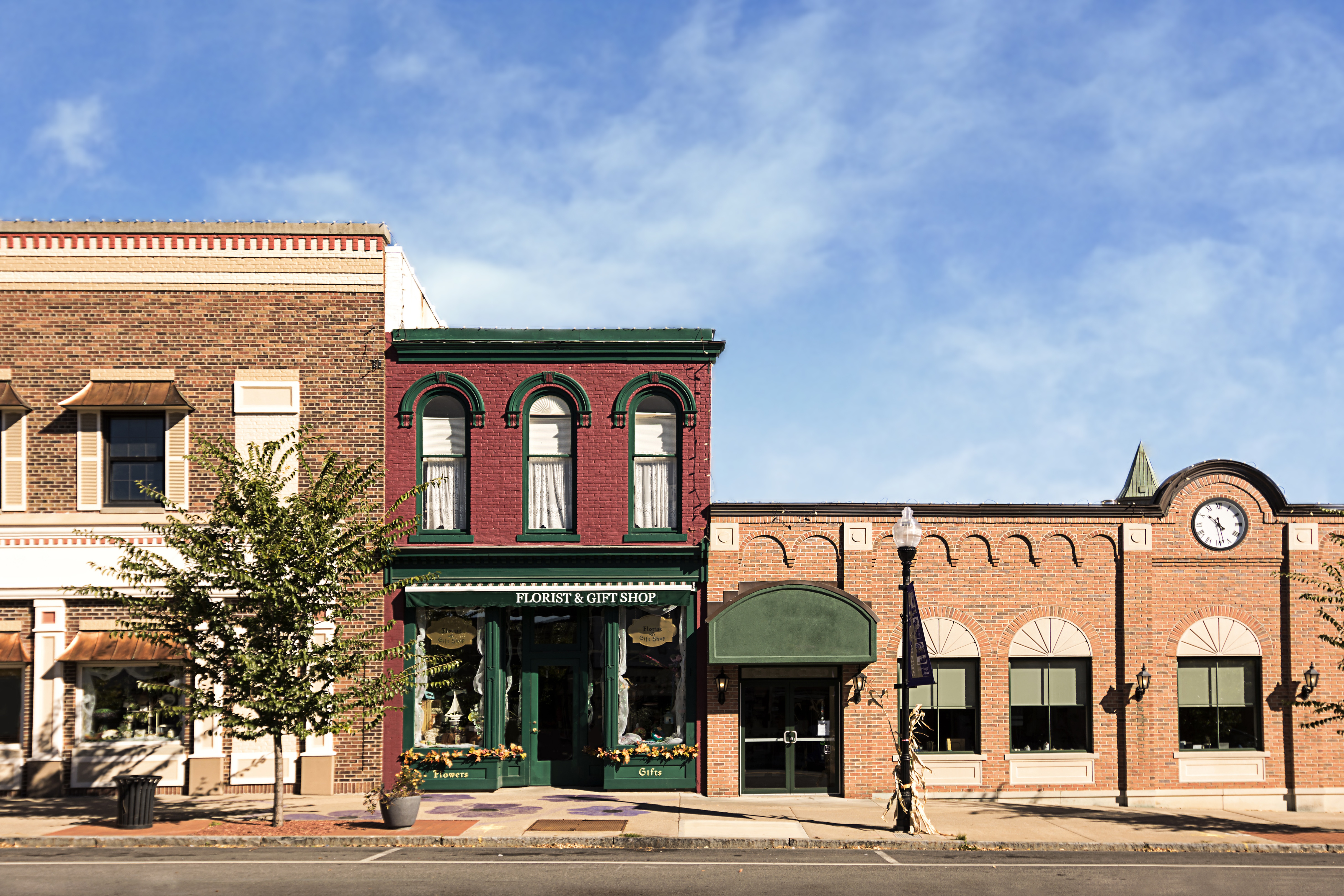In March 2020, SiteSeer published its follow-up blog on the fastest-growing large micropolitan areas in the United States between the end of 2017 and the end of 2019.
The 15 Fastest-Growing Metropolitan and Micropolitan Areas: COVID-19 Edition
Topics: Market Data, Data Study, Retail Recruitment, Population Study, Retail Industry, Communities Industry, Market Potential
The 15 Fastest-Growing Large “Micropolitan” Areas in the U.S. ('19)
Population growth is often a factor that service businesses and retailers look for when choosing locations. And while many are drawn to the large cities, smaller cities can offer just as much potential. That’s why in late 2017, we shared the top 16 fast-growing large micropolitan areas in the United States. And over two years later, it’s time for an update.
Topics: Data Study, Retail Recruitment, Population Study, Demographic Data, Communities Industry
Your community’s retail strategy can be proactive or reactive. A reactive strategy means that you evaluate businesses as they show interest in your community, rather than having your economic development team seek them out. Even if your community is in the enviable position of having the attention of the businesses you want to attract, is usually still makes sense to have a proactive strategy to ensure that you shape the type of environment desired by your residents and visitors.
Topics: Retail Recruitment, Communities Industry
4 Questions to Ask When Recruiting Tenants to Greenfield Developments
If you’re a broker working with a new-build shopping center or a developer filling your own center, it can seem like an overwhelming job at the outset. Step number one is identifying an anchor tenant that sets the tone for the shopping center and fits the customers that are likely to be attracted to your center.
Topics: Recruiting Shopping Center Tenants, Retail Recruitment, Retail Industry, Landlord Rep Brokers & Owners Industry, Tenant Rep Brokers & Developers Industry
Back in November, we assessed the top 16 fastest-growing large micropolitan areas in the United States. In case you need a refresher, a micropolitan area is defined by the Office of Management and Budget as a labor market area in the U.S. centered on a city with a population of at least 10,000 but fewer than 50,000 people. This is opposed to a metropolitan area, which has at least one city with a population of 50,000 or higher.
Topics: Data Study, Retail Recruitment, Population Study, Demographic Data, Communities Industry
Every growing retailer wants to find the perfect location to expand their business. Large cities tend to capture the attention of many businesses, but don’t overlook “micropolitan” areas: markets with a core city of 10,000 to 50,000 population. These areas often have untapped potential and some distinct advantages over expanding into a larger market.
Topics: Data Study, Retail Recruitment, Population Study, Demographic Data, Communities Industry
There’s no question that recruiting retail is highly competitive and time consuming, and something many communities and cities struggle with. Most economic development councils have the same goals when it comes to retail recruitment:
Topics: Retail Recruitment, ICSC, Communities Industry, Market Potential

